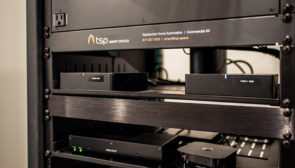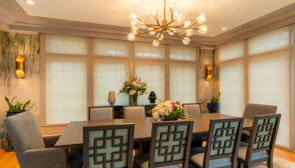Debunking Popular Home Automation Myths
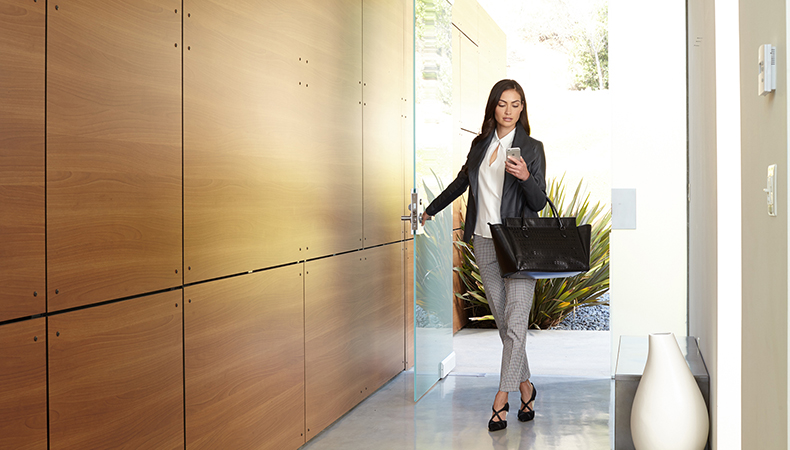
With half of US consumers owning at least one smart home device (and this number is expected to grow exponentially), smart home automation is becoming more and more popular. The once futuristic idea of a home that responds to your commands is becoming more achievable every year. It’s no longer just a luxury for the mega-rich. Despite the growing popularity, many people view smart homes as ‘just a fad’ or a ‘cool party trick’ rather than a necessity. Here at TSP Smart Spaces, we’ve been installing smart homes for over a decade. We’ve seen first-hand not just the convenience smart home technology offers, but the unique experiences and benefits it can bring to your life. We’d like to dispel a few popular home automation myths for you and hopefully clarify some of the common thoughts surrounding the entire industry.
1. Aren’t smart homes just a fad?
Smart homes are here to stay. The idea of the smart home has existed since the Jetsons were popular in the 1960s but wasn’t achievable until the late 1990s and early 2000s. Since their introduction, they have only increased in popularity. This happened as homeowners realized they could achieve this once futuristic idea in their own homes. Today, there are 175 million smart homes globally. The US is expected to have 63 million connected homes by 2022*. As technology ingratiates itself further into our everyday lives, smart homes are set to become the standard of living before long. Once seen as something only for the mega-rich or the most tech-savvy among us, smart home technology is becoming more and more accessible. Now, multi-residential buildings like apartment complexes and condominiums are offering smart home solutions (check out our smart apartments at Austurhöfn) and commercial buildings are adopting smart entry systems, security, and more. According to a CEPro article, 84% of property managers intend to install internet-connected devices over the next year, so if you’re living in an apartment-style building, odds are you’ll experience smart technology for yourself before long.

homes in the world use smart home technology as of 2021*
2. I don’t want to install unattractive hardware in my home
Smart home technology has evolved greatly since its introduction. Not only has it become more reliable, secure, and includes snazzy new features, it has begun to focus on design and aesthetics. This is huge for home owners who have spent time and focus developing a specific design narrative for their home. After implementing a specific design for each room in your home, the last you’d want to do is install technology that only hinders the look you’ve worked hard to achieve. Industry leaders such as Basalte and Lutron produce products that are handcrafted and indistinguishable from beautiful works of art. Design-driven keypads inspired by Fibonacci or emulate the keys of a piano are available in various finishes, bringing luxury that melds your technology solutions to your home’s design.
Ultimately, one of the goals of home automation is to make your technology as discreet as possible. In some cases, complete invisibility can be achieved. For this, look no further than Amina Sound and their patented invisible speakers for homeowners looking for a completely hidden solution. Amina’s speakers are completely concealed inside your walls, and ceilings deliver impeccable sound that has to be heard to be believed.
At TSP, we believe that your home’s design should influence the technology, not the other way around.
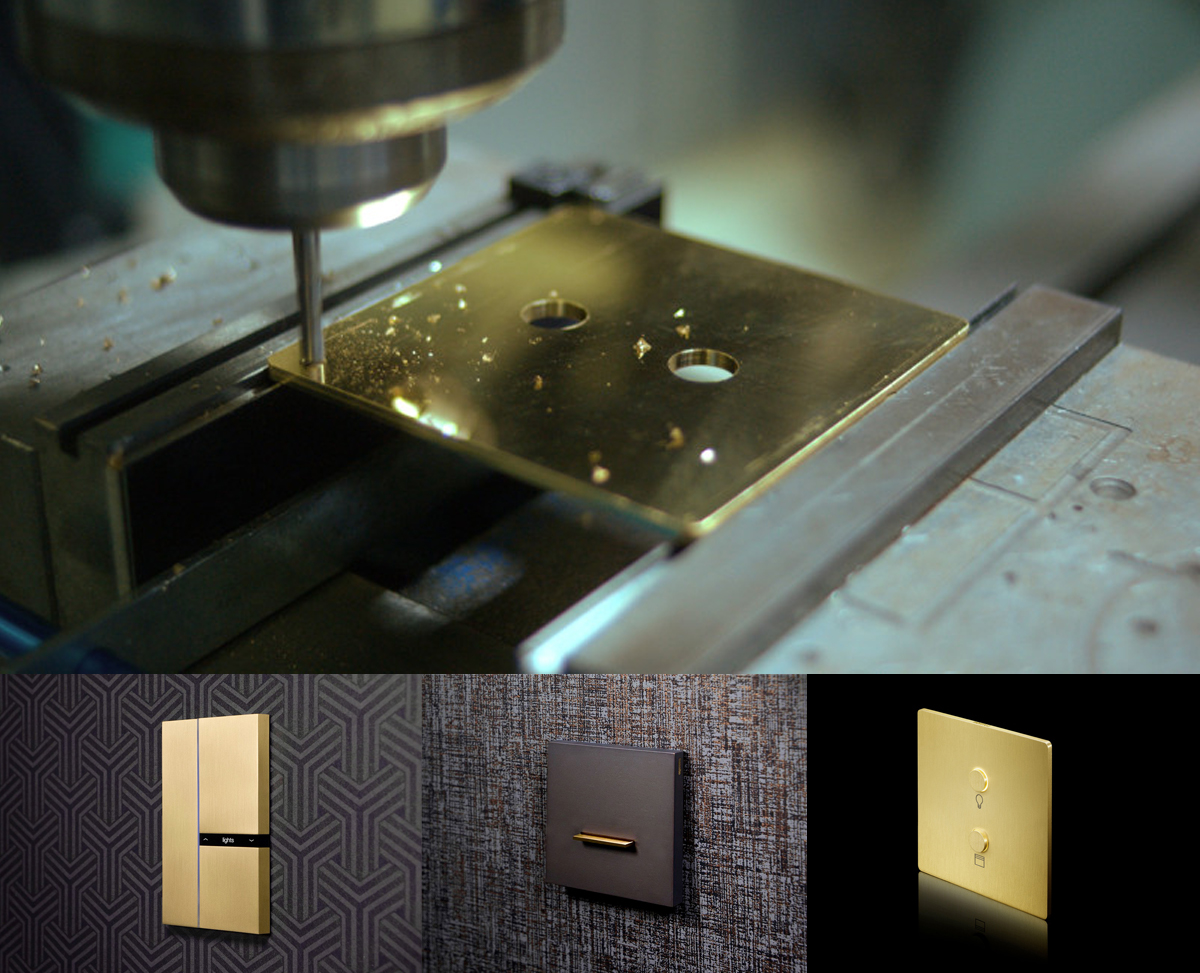
Basalte Fibonacci, Basalte Chopin, and Lutron Alisse Keypads (L to R)
3. I don’t really need it
While this may be true for some, most residential homeowners find that smart space automation is more than a cool party trick. It enhances their lives in a variety of ways, from time savings to security.
If you have a large home with plenty of windows, you likely spend an excessive amount of time opening and closing shades or blinds and turning on and off lights throughout the day. With home automation, you can simplify your life by leaving this all to a touch of a button with motorized shades. You can also let your home do this for you automatically in conjunction with the sun and outside temperature.
Smart homes also provide an added layer of security to your life. Smart security systems feature discreet cameras that you can access via your TV, remote, or phone. This allows you to not only control who can access your home but see who has attempted to gain entry at any time of day. According to a recent survey of smart home users, 72% of those who responded say their home feels safer after installing a smart security system.

of people say that their home feels safer after installing a smart security system*
4. I don’t want to have to use my phone all the time
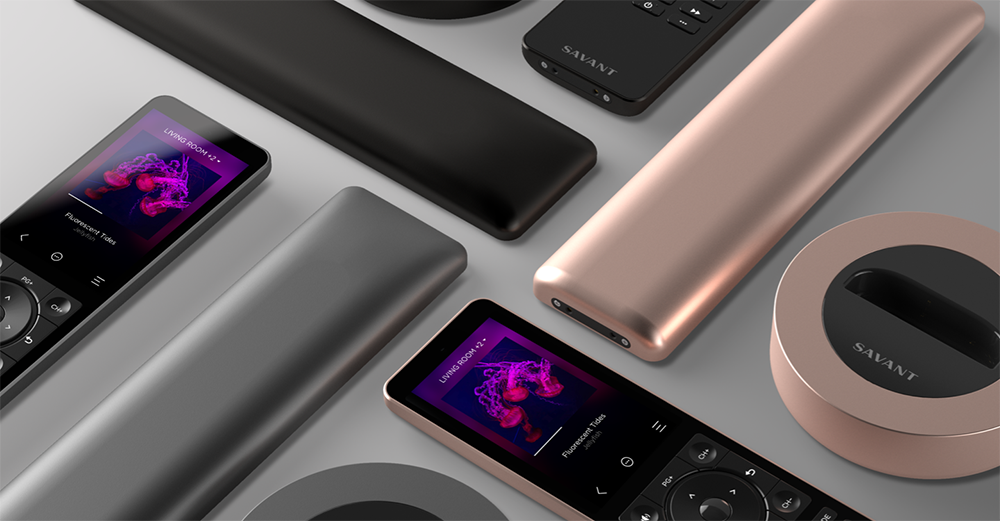
The Savant Pro Remote brings complete control of your entire smart home ecosystem
Just as most of us have our preferences about what color we want to paint our walls or finishes on our floors, we also have our preferences for how we’d like to control our smart home.
Whether you prefer to operate your entire home through a single smart remote, or you’d prefer to treat your smart home like your personal butler and control it through your voice, your smart home is built the way you want. Solutions like, Josh.ai, the Savant Pro X2 Remote, and personalized keypads from Basalte and Lutron have brought your options for control to new heights.
Smart home technology even allows for schedules and automations to be set, taking the guesswork out of controlling your home and allowing it to operate itself according to your preferences.
If you do prefer to control your smart home with your phone, working with a professional integrator can make this a more seamless experience. Whereas DIY solutions all come with their own apps you need to have on your phone, a professional integrator will use proven solutions and integrate them all into one app. This makes for a seamless experience where your smart home solutions can all work in harmony with each other. (More on DIY smart home solutions vs. professional integration here.)
Smart home automation puts the power of your home in your hands.
5. I can just do it myself
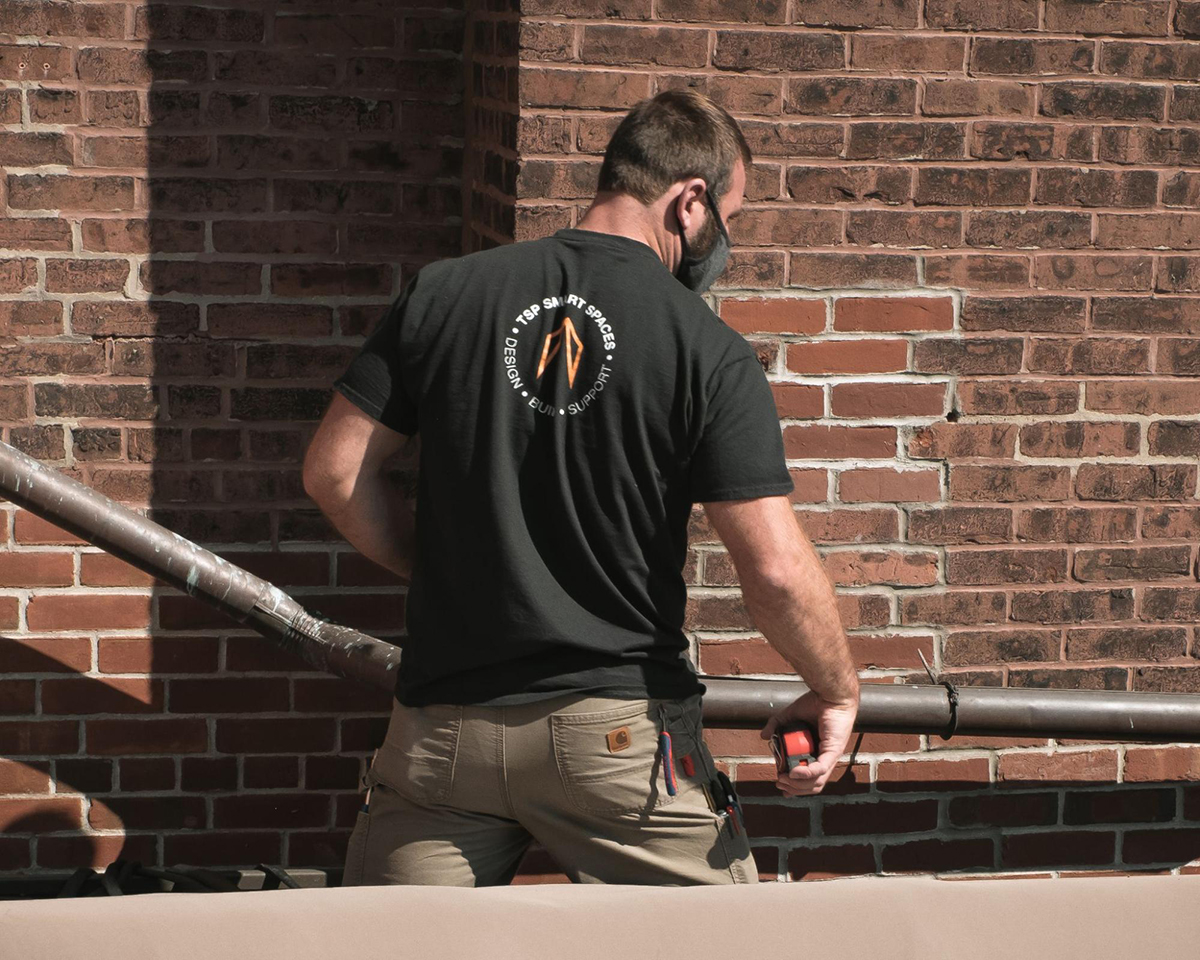
Andy Gandini on-site for TSP Smart Spaces
Amazon Alexa and Google Home have created various products that boast the ability to be installed in minutes. Everything from doorbells and cameras to speakers and lights are available for the average person to purchase and install.
These DIY solutions work great for small homes or apartments. But as things get bigger and you use more types of products, we recommend bringing in the experts. A home automation integrator will install all of your products in a way that prepares you for the future and ensures that your solutions work the way you expect them to, every time. For more information on why you should bring in the experts rather than attempting a DIY smart home solution, check out our article on the main differences with DIY smart home solutions vs. professional integration.
Working with an integrator
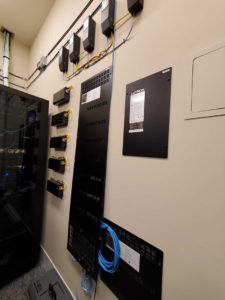
A behind-the-scenes look at an AV rack for a home automation project
By working with an integrator, you can ensure that your many disparate systems work together. This allows your home to be controlled the way you want it to. Integrators often work with clients to install lighting from Ketra, shades from Lutron, speakers from Amina, smart TVs from LG, security from 2N USA… the list goes on and on! What makes them so important is their ability to bring all of these systems together into a single ecosystem so that you can control everything in your home intuitively and logically. At TSP, we take it a step further. We provide cyber security solutions for your smart devices and network backed by decades of IT experience. Our award-winning smart home support ensures that when things go wrong, we’re there to fix things, often before you even realize there’s an issue.
If you have any questions about our process or any of the above or have often heard something about smart home automation you’d like more information on, please contact us! Smart home technology is our passion, and we’d love to show you how it can benefit your life. Want to see some of our work in action? Take a look at some of our favorite residential projects, such as this Modern Masterpiece built on the coast of Iceland, this garage unit transformed into a Golfer’s Paradise, or this Art-Deco Mansion in Boston’s Back Bay.
For further reading:
Home Automation 101: An In-Depth Look at Smart Home Technology
The Single Most Important Part of Your Home Technology System

